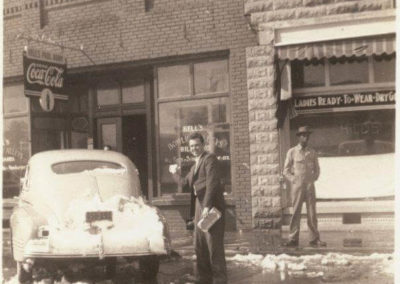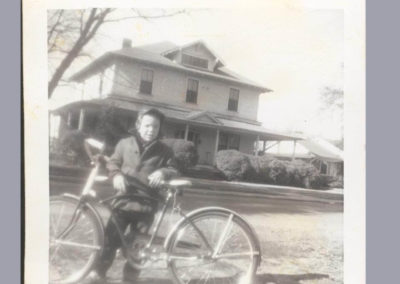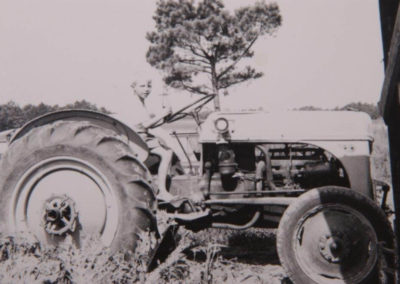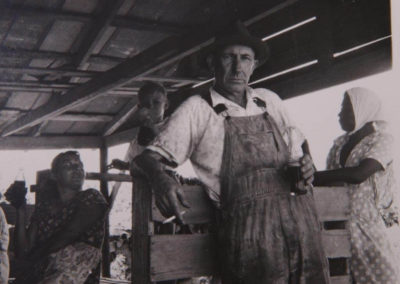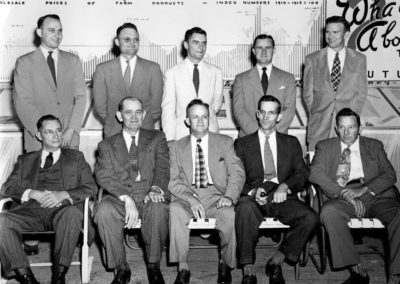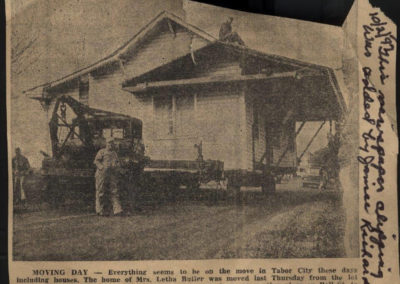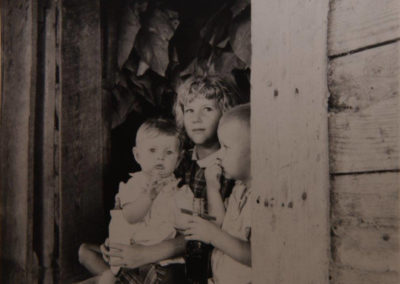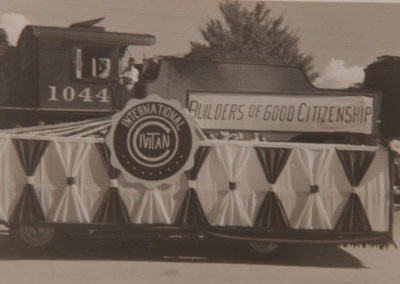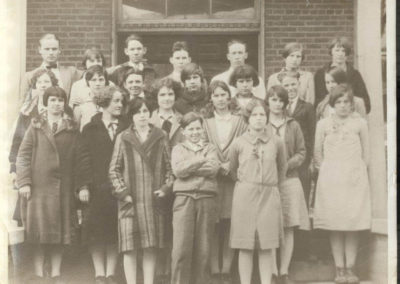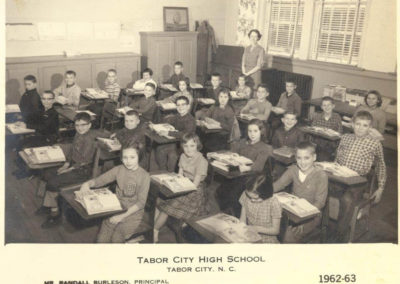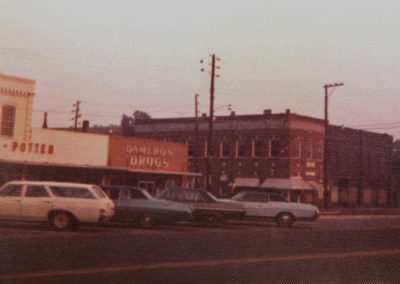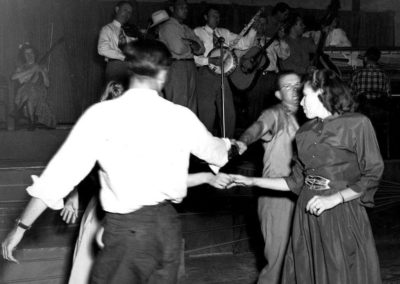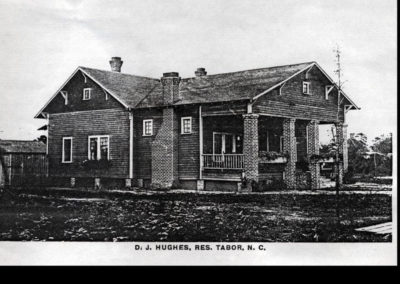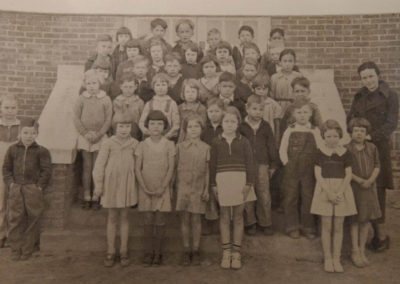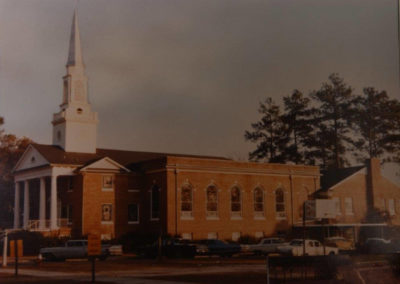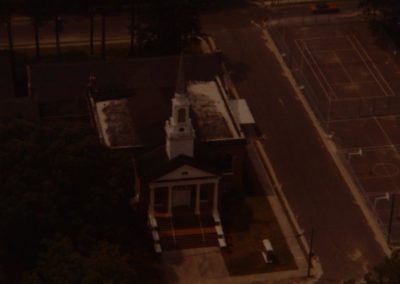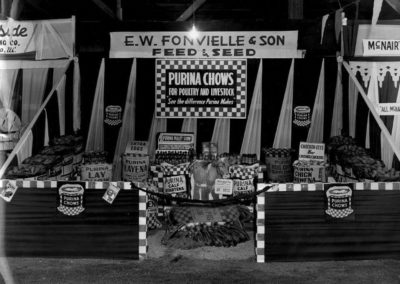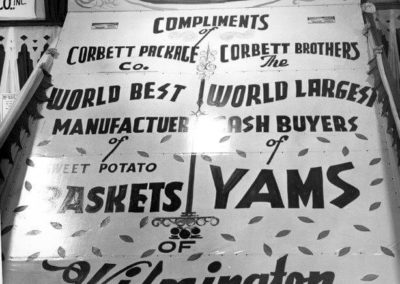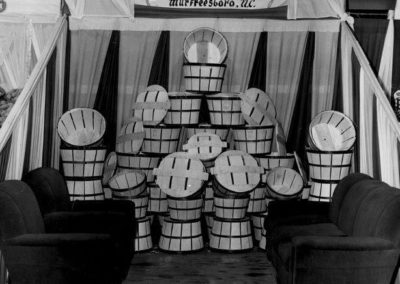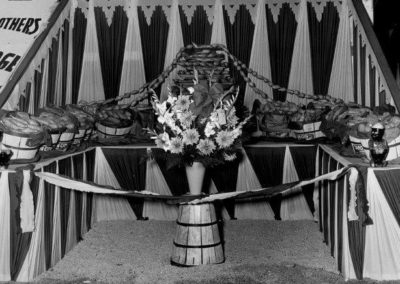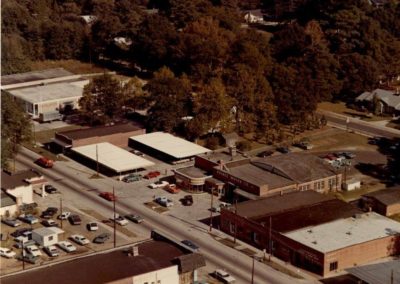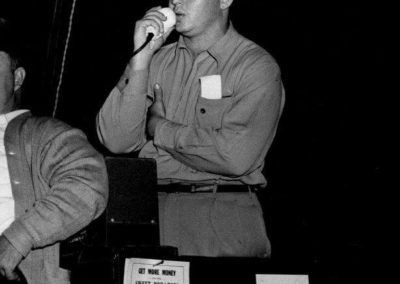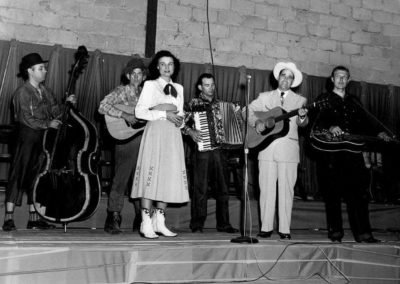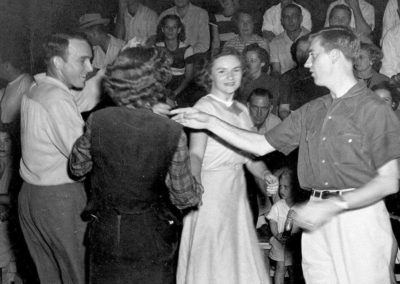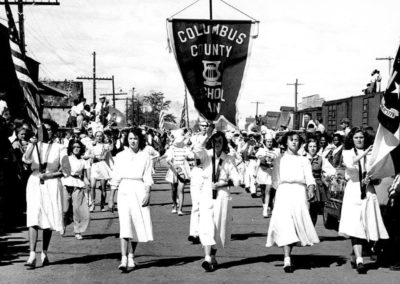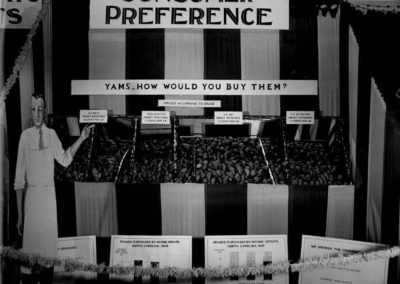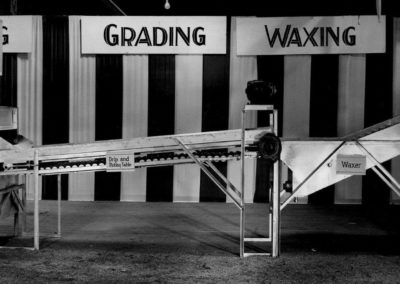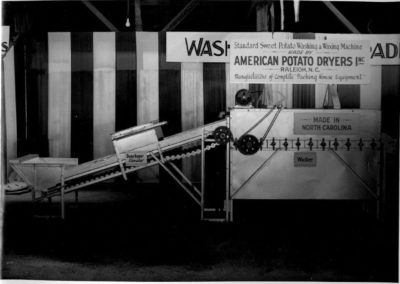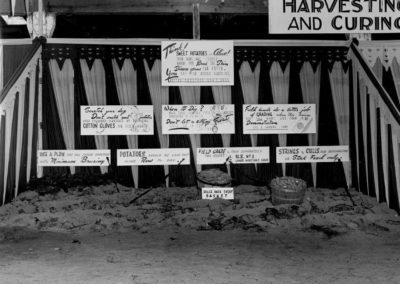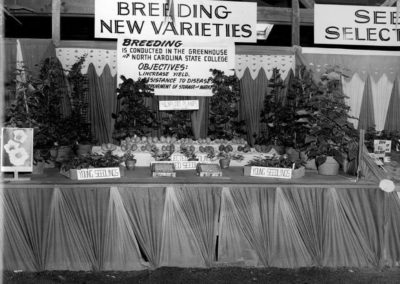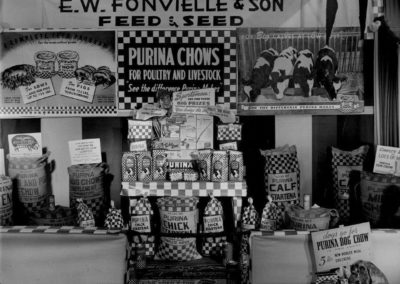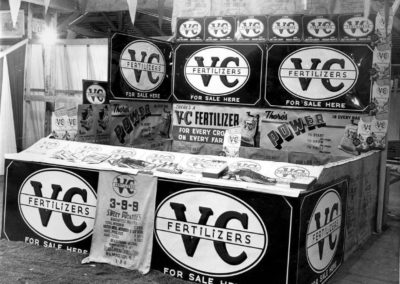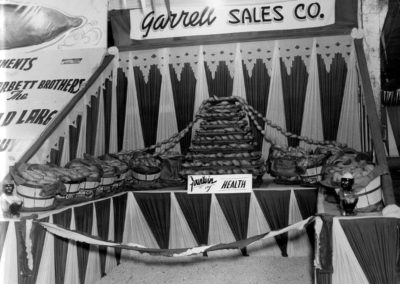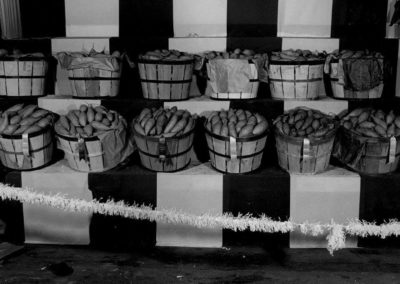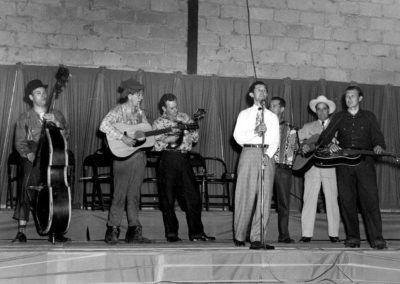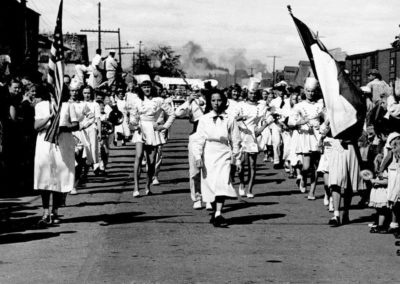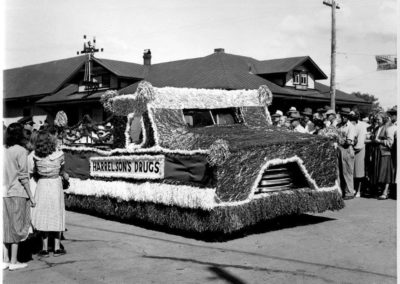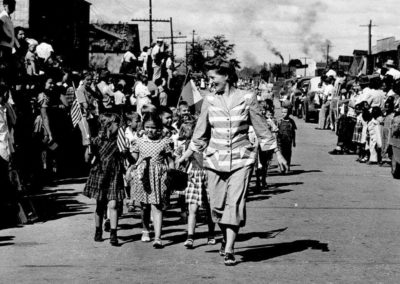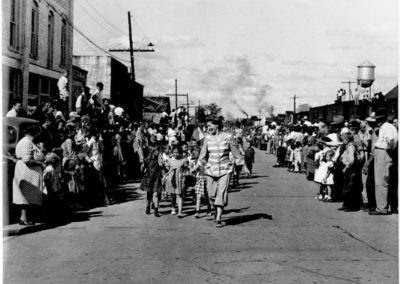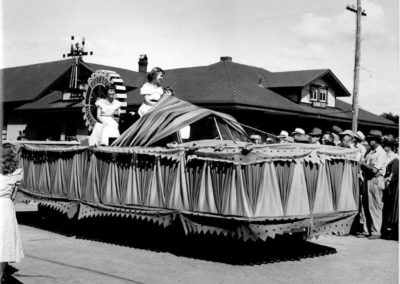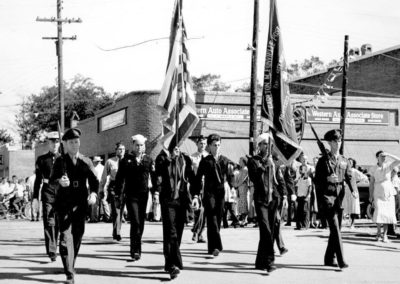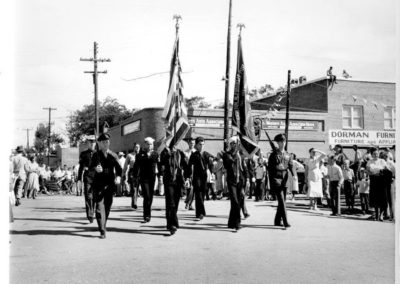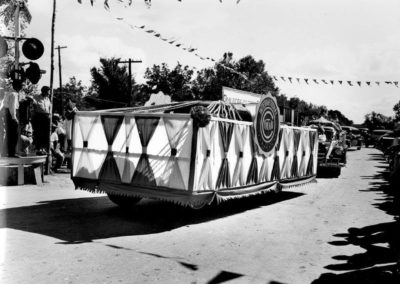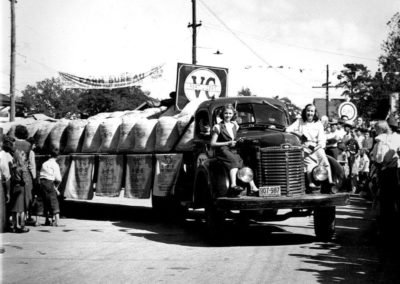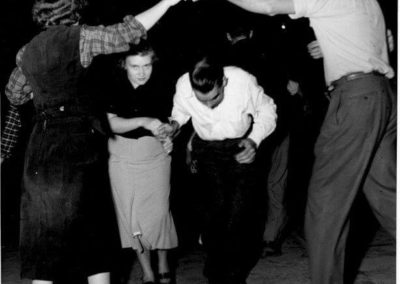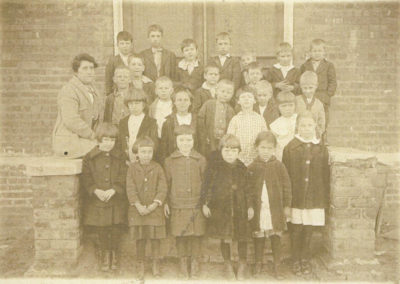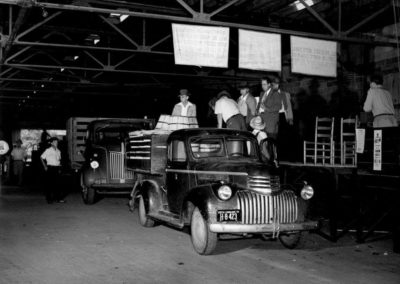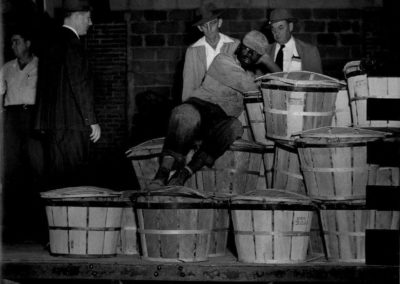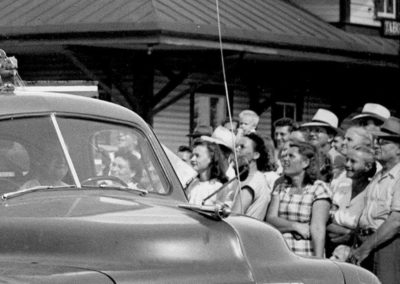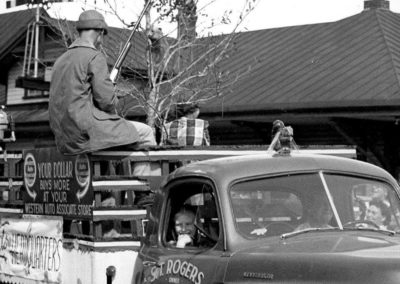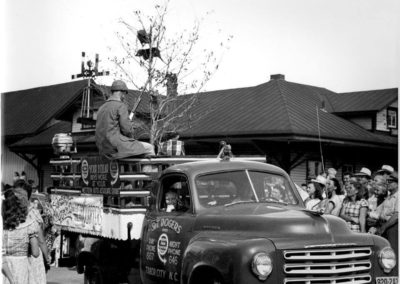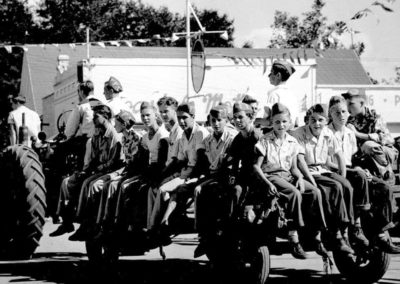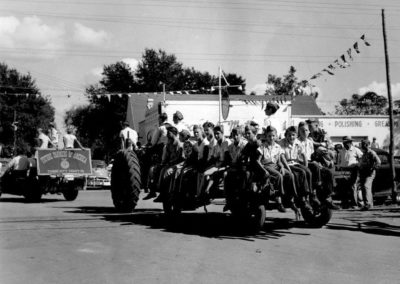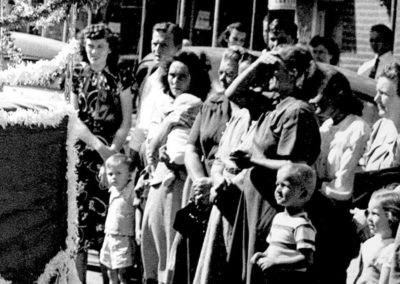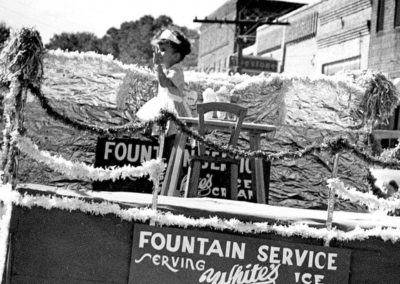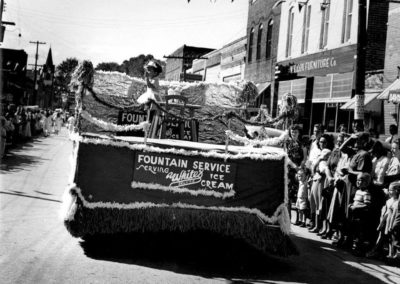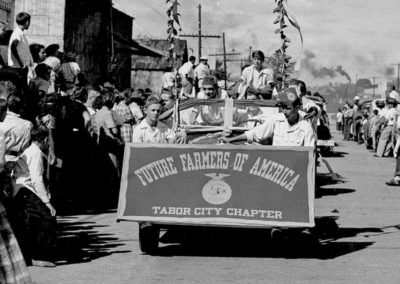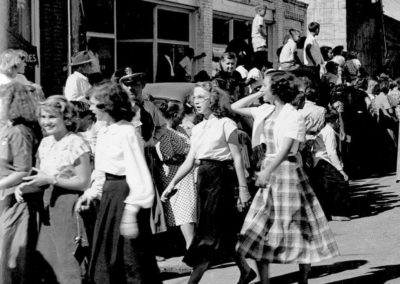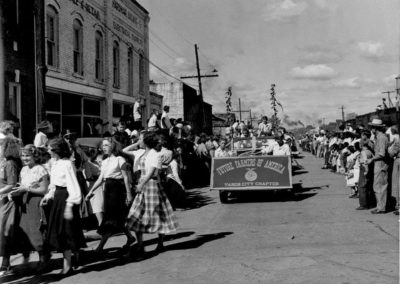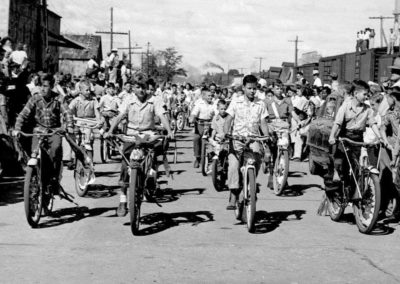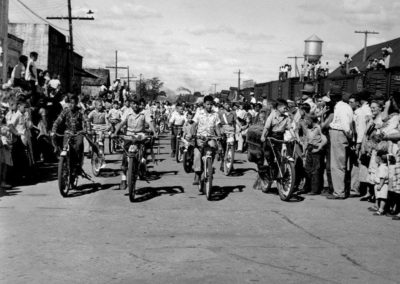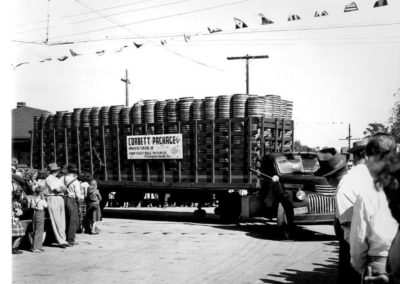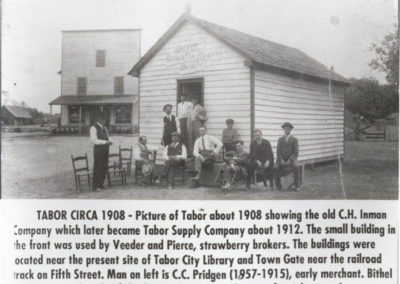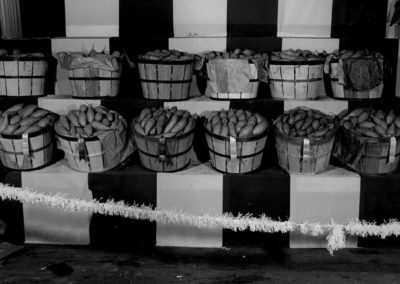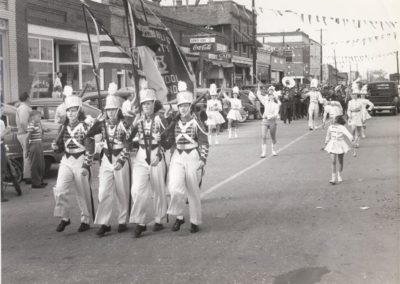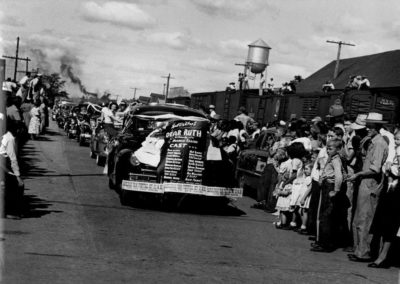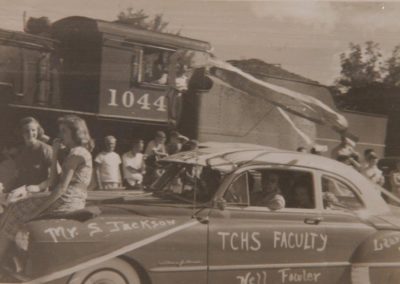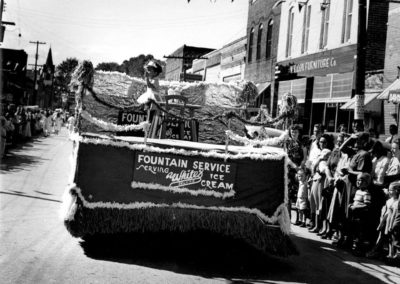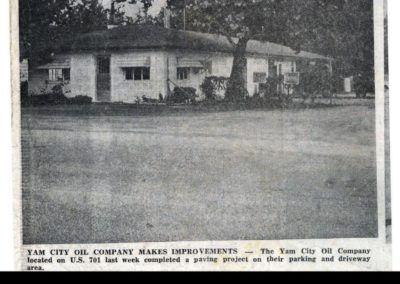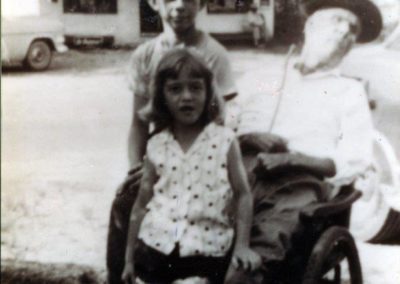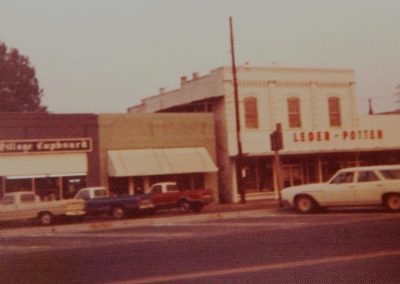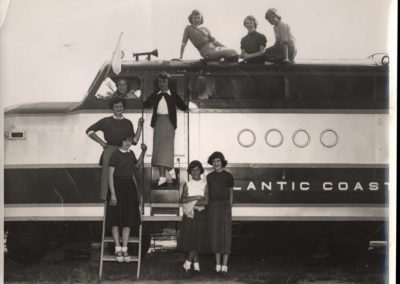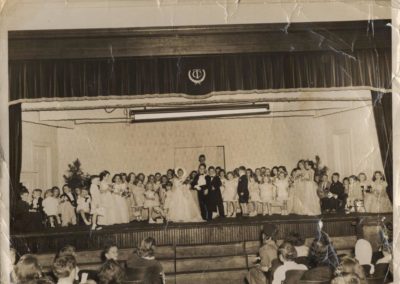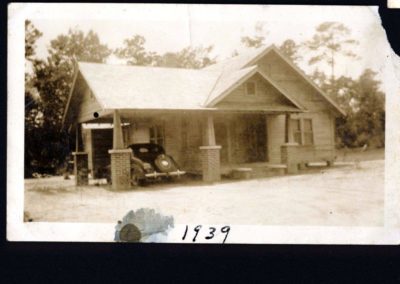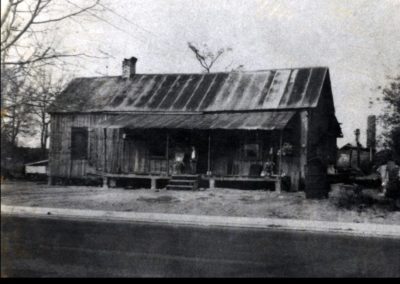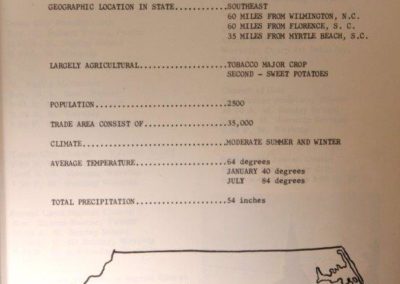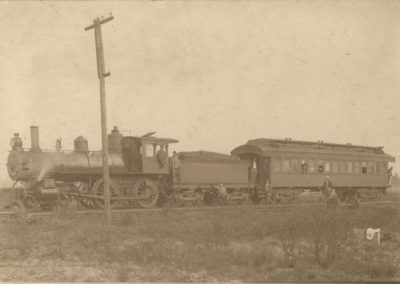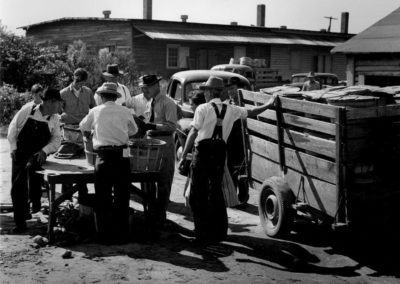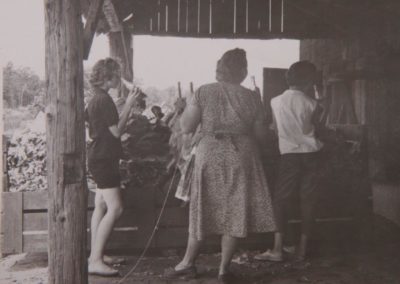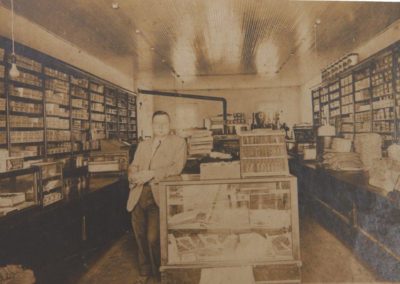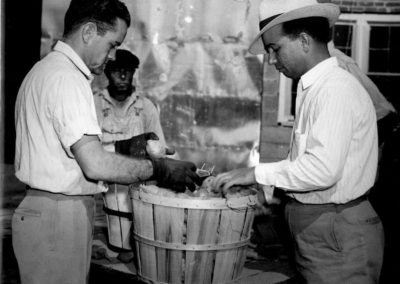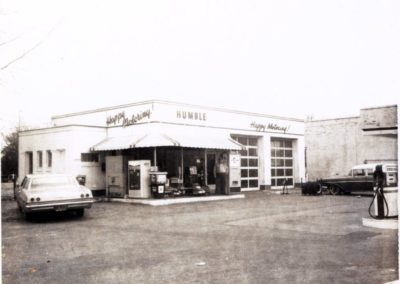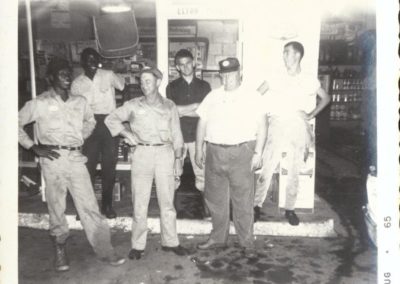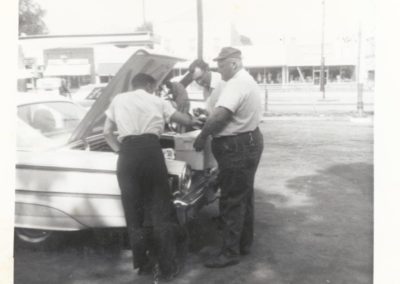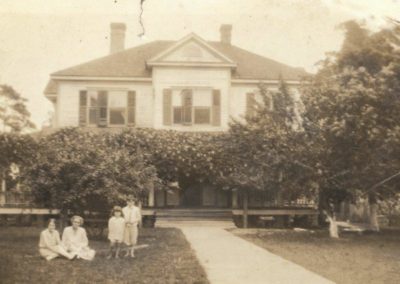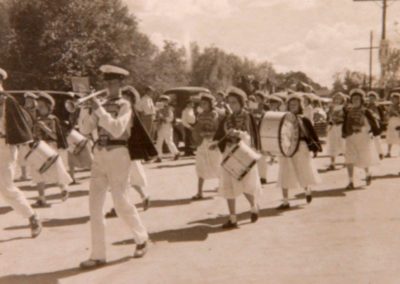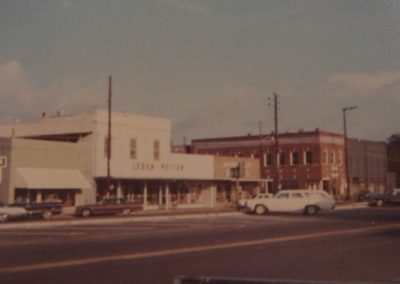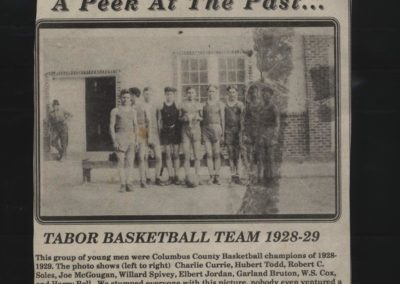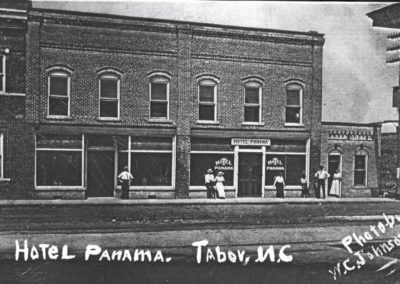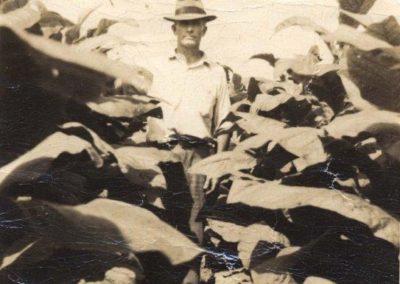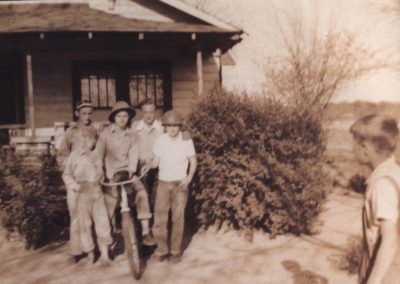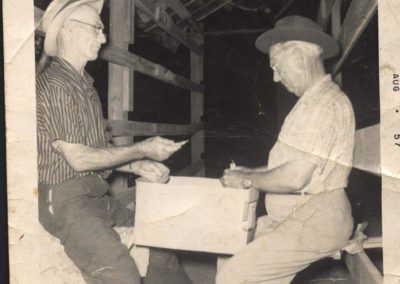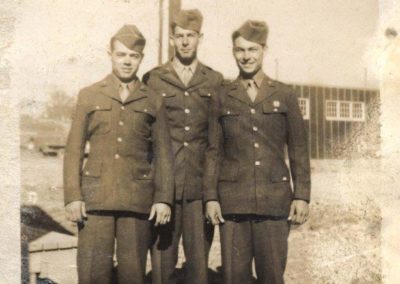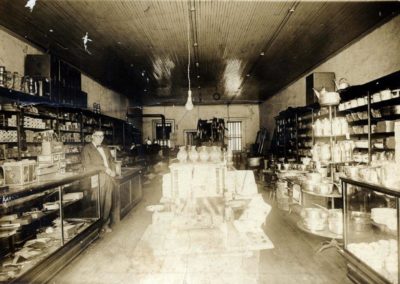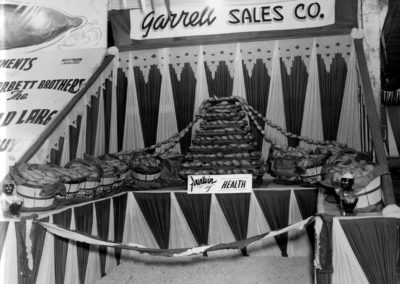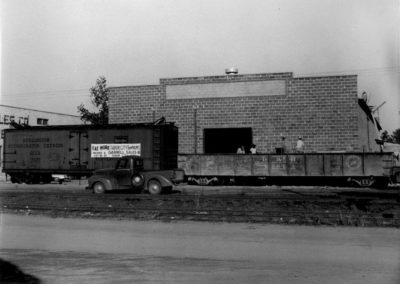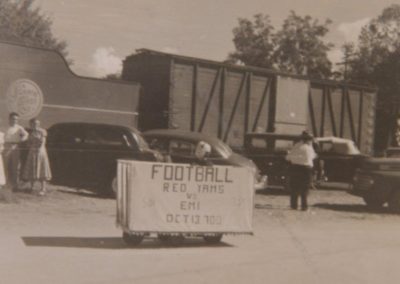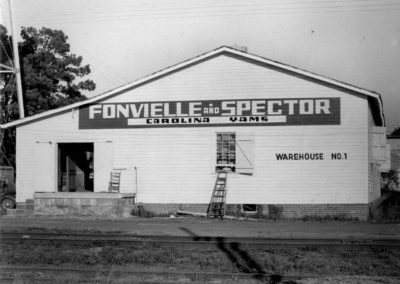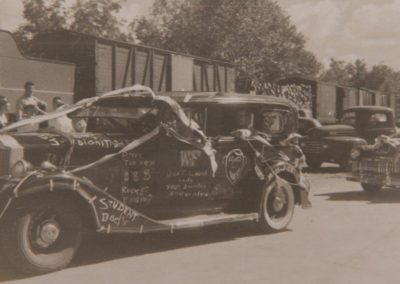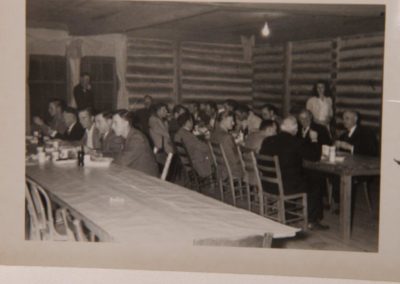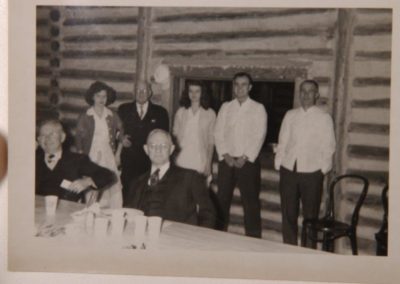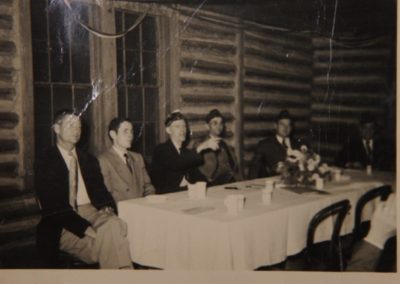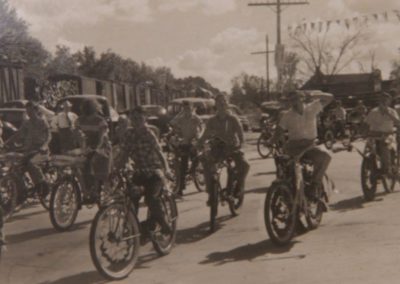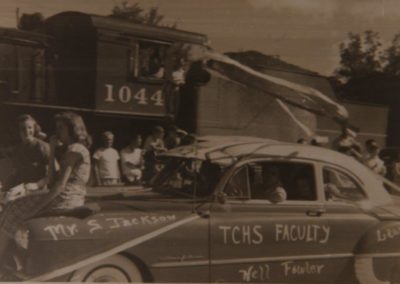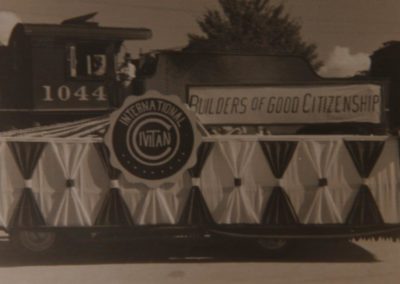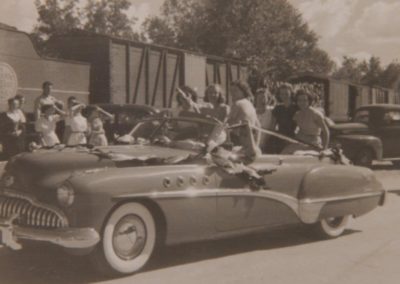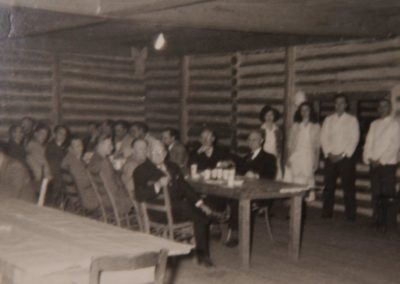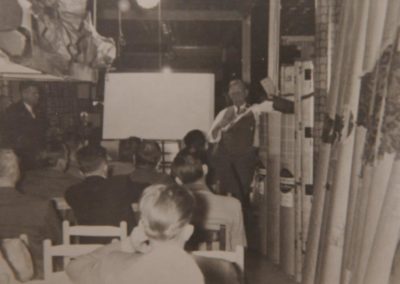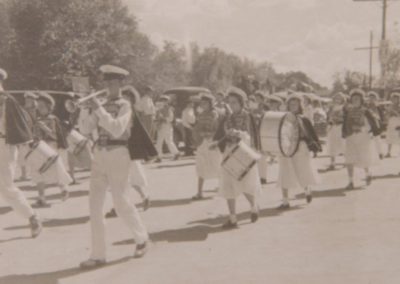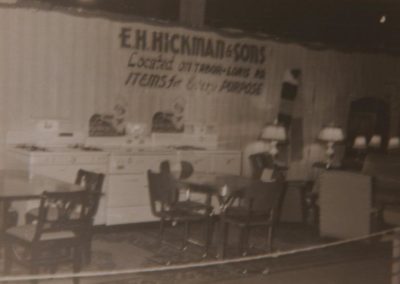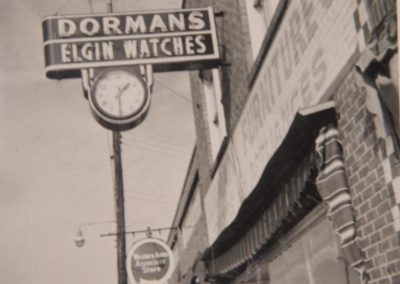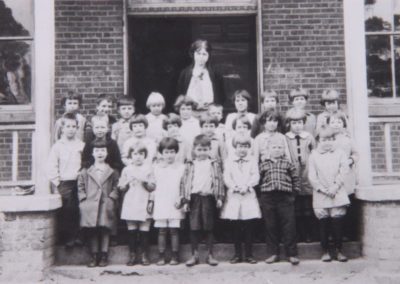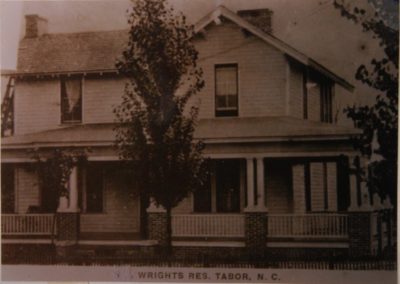History
Tabor City Early History
Shortly after 1840, Mount Tabor Baptist Church was organized. The original church building was located near the present intersection of Stake Road and East Fifth Street. The church, now known as Tabor City Baptist Church, is located at Live Oak and Anderson Street. Earliest records indicate business activity began in the mid-1850s. These businesses included a sawmill, turpentine still, grocery store, and dry goods store.
Historic Mt Tabor School
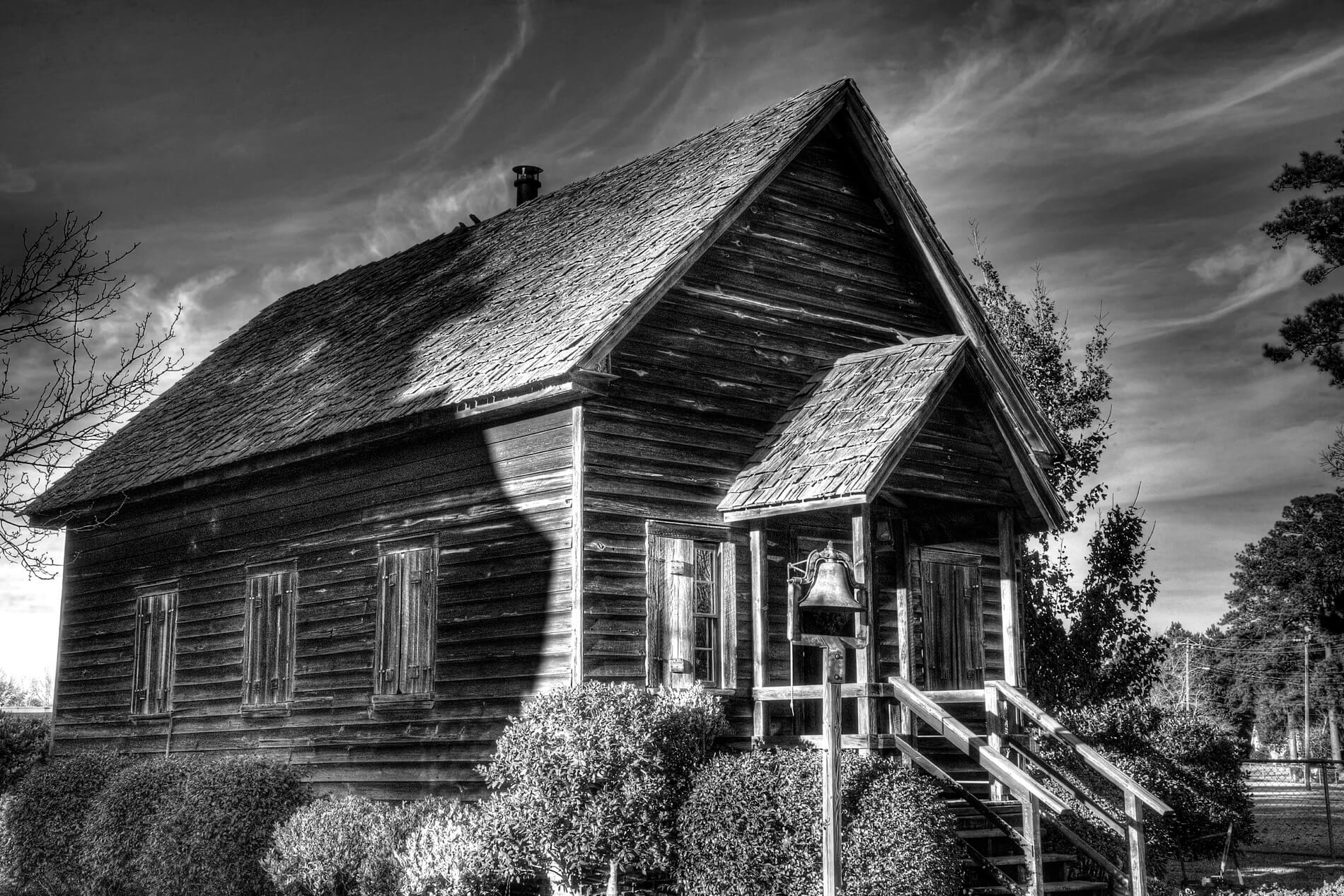
Brief History
The one-room MT. TABOR SCHOOL was constructed circa 1870 at the intersection of Orange Street and Pireway Road in Tabor City, North Carolina. In a letter from the State Historic Preservation Office dated March 20, 1987, it was reported to be in remarkably, well-structured condition “despite the numerous alterations which it had undergone since its construction.” It is a “rare and relatively intact example of a one-room frame schoolhouse of the type once found in nearly every rural community of the state during the late 19th century.” The original 6” wide pine floor boards are still in place, as is the interior and exterior woodwork. Peter Sandbeck, Restoration Specialist of the State Historic Preservation Office, indicated that the old school had been constructed either before or after 1880, but used construction techniques in use since about 1820.
Restoration, Preservation & Research
In 1987, Tabor City residents Jenny and Richard Wright purchased the old building which at that time, was located on Fourth Street. Because of many previous renovations, the Wrights did not know that it was indeed an old school until they began a renovation process themselves revealing structural signs that this building could be something of historical significance. Once the value of their purchase was determined, they sought community support for a restoration project. After conveying the details about the property to the Tabor City town administrators, an agreement was made with the Columbus County Board of Education to allow the old school to be moved to the present location on East Fifth Street near the intersection of Old Stake Road and Pireway Road. This property, owned by the Columbus County Board of Education, would also allow for greater visibility of the school.
Richard Wright was also able to obtain state grants totaling $16,000 to be used for the restoration process and Henry Milligan, owner of Milligan House Movers, volunteered the services of his firm to move the structure from Fourth Street to East Fifth Street. Ray Wicker and Al Leonard worked diligently with building contractor Paul Bullard who restored the building to its original appearance. Don Hughes constructed reproductions of furnishings, using as his model original furnishings from a similar old school in Robeson County. Ben Inman built beautiful display cabinets, LaFaye C. Clarkson donated an old school bell, and Elgia W. Inman donated an old hand pump. Ray and Ruth Wicker searched area antique shops for items to complete the furnishings. Ruth N. Brice produced a paper she had completed while in high school detailing the history of the old school. This paper revealed interesting evidence that the school had also served as the original meeting house for St. Paul United Methodist Church in 1905. A dedication ceremony of the MT. TABOR SCHOOL was held on December 15, 1988.
Thanks to the research of Bob High from the News Reporter, we know that early teachers included Charley D. Harrelson, Headley M. Cox, W. C. Graham, W. J. Hughes, Helen Butler,
J. M. Harrelson, and Della Mills. F. T. Wooten was County Superintendent during some of those early years and members of the district school committee included F. C. Wright, D. D. Harrelson, J. A. Spivey, S. E. Faircloth, C. M. Brown, E.Mcd. Todd and C. C. Pridgen.
Schedule a Tour - Images
*Contact the North Carolina Visitors Center in Tabor City to schedule an event or tour of this historic, old school.
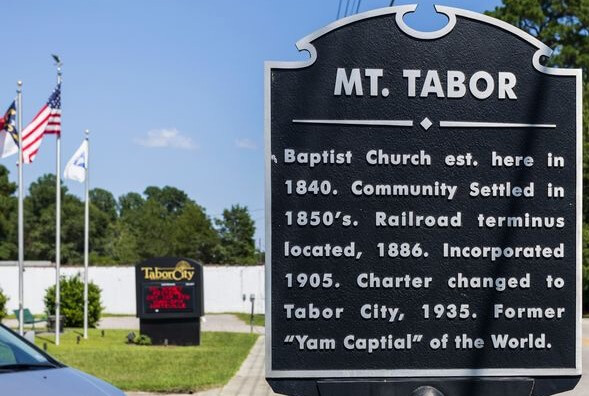

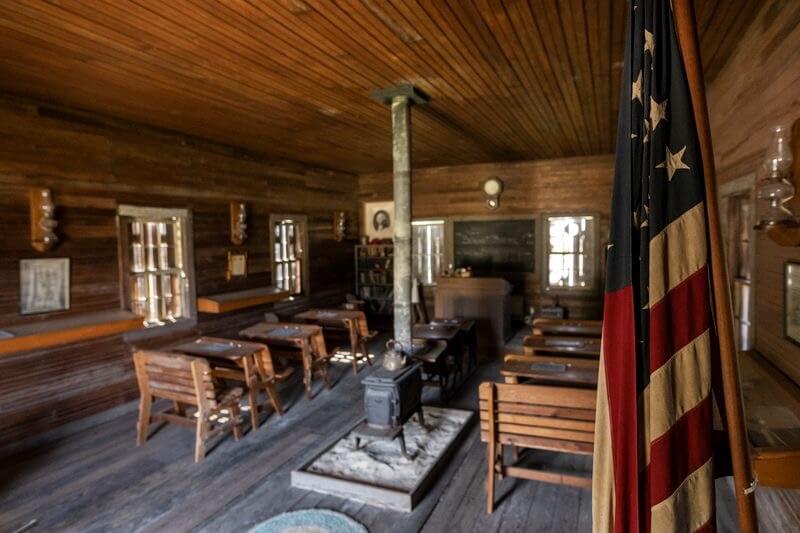
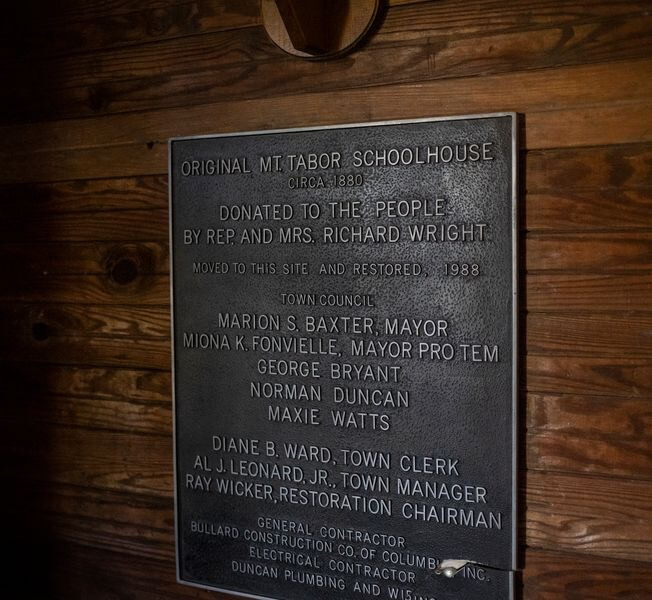
Early 19th Century Tabor City
In 1886 Atlantic Coast Line located a terminus in Tabor City.
In 1905 the Town of Tabor City was incorporated. Today a mayor, town manager and four councilmen govern the town. Over the years the local economy grew. In 1909 the first tobacco warehouse was built. The number of tobacco warehouses increased to three, but no tobacco warehouses are in operation today. In 1910 a crate factory was built to handle the increasing distribution of food products from Tabor City. In 1940 Waccamaw Lumber and Tabor City Lumber companies were formed.
Until the mid-1930s the railroad used the name of Mt. Tabor while the Post Office used the name Tabor. Both names have since changed to Tabor City. It was not until the mid-1930s that Tabor City became known as the “Yam Capitol of the World”. An annual festival was initiated in 1948 to pay tribute to the sweet potato. Today, this festival is known as the “North Carolina Yam Festival”. The festival is always held on the fourth Saturday in the month of October.
The Present
Today the Town is transitioning from tobacco-based agriculture and textiles to one based on light manufacturing, service, retail, and tourism. Agriculture remains an important part of the local economy, but its future impact on the economy is expected to decline. The proximity to the Grand Strand beaches in Horry County, South Carolina and the North Carolina beaches of Brunswick County, North Carolina has driven the local economy over the past ten years. Growth is anticipated in the housing sector as retirees continue to relocate to the coastal areas.

